A sturdy roof is a home’s first line of defense against the elements, and a well-sealed roof ensures that it remains impermeable to water, preventing potential leaks and consequential damages.
But with the plethora of products and techniques available today, how do you determine the best way to seal a roof? Let’s dive into the intricacies of roof sealing, and explore the most effective methods for maintaining a strong, watertight metal roofing shield over your home.
Understanding the Roofing Material
The integrity and lifespan of a roof aren’t just about the sealing products used; it begins with an understanding of the roofing material itself. Different materials have varying vulnerabilities and strengths, each requiring specific sealing approaches.
Selecting the right sealing strategy tailored to the material is essential to ensure that the roof remains watertight, durable, and efficient in its role as your home’s primary shield against external elements.
Asphalt Shingles
One of the most prevalent roofing materials, asphalt shingles are celebrated for their cost-effectiveness, aesthetic versatility, and ease of installation. Comprising fiberglass sandwiched between asphalt and mineral granules, these shingles offer layered protection against the elements. However, over time, environmental factors can cause the asphalt to dry out, leading to cracks or curling.
Sealants for asphalt shingles typically come in the form of specialized roof sealant sprays or asphalt-based fillers. These are crafted to mend minor cracks, tears, or worn-out areas, ensuring the shingle retains its waterproof nature. Given the textured surface of these shingles, sealants that can seep into nooks and crannies are often preferred. It’s also beneficial to opt for sealants that offer UV protection, preventing premature aging of the shingles under the relentless sun.
Metal Roofs
A symbol of resilience and durability, metal roofs are revered for their long lifespan and robustness. However, they aren’t without vulnerabilities. Over time, metal roofs can experience issues at the seams, joints, and around the fasteners, primarily due to expansion and contraction from temperature fluctuations.
For metal roofs, sealants are often applied to these potential problem areas, ensuring that there’s no avenue for water ingress. Urethane-based sealants are particularly favored for metal roofs because of their flexibility and enduring adhesive properties. They cater to the metal’s expanding and contracting nature without losing their bond. Moreover, for a metal surface, corrosion-resistant sealants are an added advantage, ensuring the roof retains both its functional and aesthetic appeal.
Tiles
Steeped in tradition and exuding an aura of timelessness, tiles, whether made of clay, concrete, or slate, have been a roofing choice for centuries. Their hefty weight and interlocking design often make them resistant to even the fiercest of storms. But, tiles are not infallible. Over time, they can crack, chip, or become loose, especially in regions prone to heavy rain, hail, or seismic activity.
Sealants for tiles often serve a dual role: they mend any minor damage and offer a protective layer against future wear. Given the porous nature of some tiles, like clay, sealants can also prevent moisture absorption, reducing the risk of frost damage in colder climates. It’s essential to choose a sealant that allows the tile to “breathe,” ensuring any trapped moisture can evaporate, preventing mold growth and structural integrity loss.
The Power of Roof Sealant Sprays
Roof sealant sprays have gained popularity due to their ease of application and effective coverage. They are versatile, often suitable for various roofing materials, and create a waterproof barrier. Additionally, many of these sprays contain UV stabilizers, making them resistant to sun damage and thereby extending the roof’s lifespan. However, the efficiency of a spray largely depends on thorough and even application.
Elastomeric Roof Coatings
Elastomeric coatings are like a magic cloak for roofs. These are liquid-applied coatings that dry to form a rubbery shield over the existing roof material. The elasticity of these coatings allows them to expand and contract with changing temperatures, preventing cracks and tears. They are especially recommended for flat or low-slope roofs, where water pooling can be an issue.
The Role of Underlayment
While sealants and coatings play a crucial role on the surface, underlayment works behind the scenes. This is a water-resistant or waterproof barrier material installed directly onto your roof deck. It provides an additional layer of protection against water penetration and is especially crucial in areas with heavy rainfall or snow. When considering the best way to seal a roof, never underestimate the role of a robust underlayment.
Regular Maintenance and Inspection
The best sealant job can still falter if not inspected and maintained regularly. Environmental factors, debris, and time can wear down even the strongest seals. Routine checks, especially post-storm or during season transitions, can spot potential vulnerabilities, ensuring that the roof remains sealed and secure.
Conclusion
Sealing a roof effectively is a combination of choosing the right materials, employing the best techniques, and maintaining regular checks. It’s not just about patching up visible cracks or gaps but ensuring that every inch of the roof is equipped to face the elements head-on. When done right, a well-sealed roof not only keeps the indoors dry but significantly extends the life of the roof, making it a worthy investment for every homeowner.

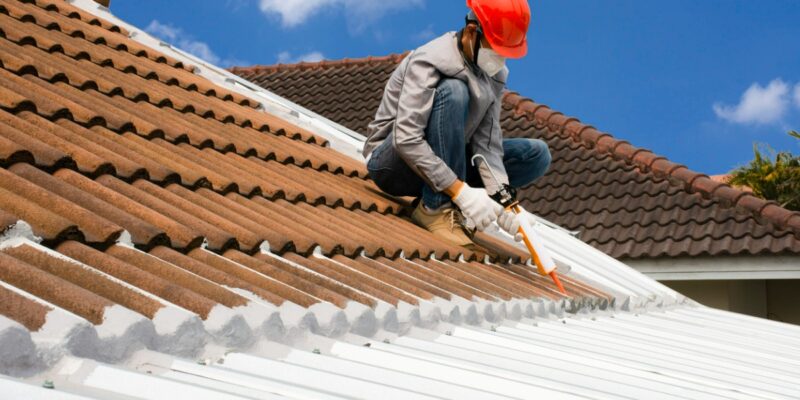


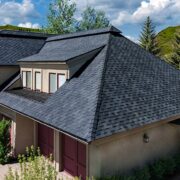
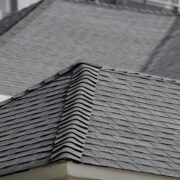
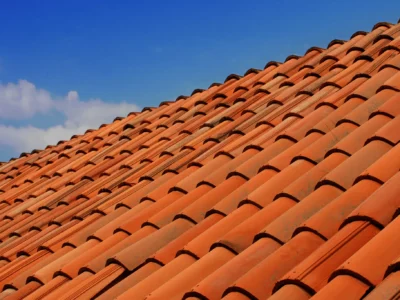


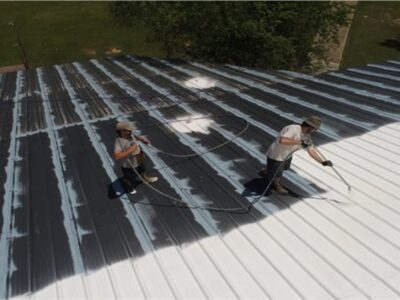
Comments